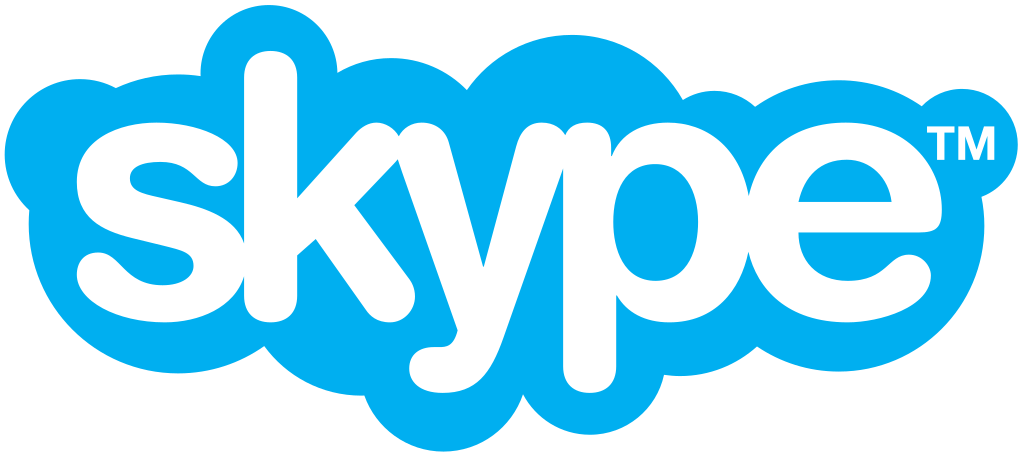
Skype
Skype, developed by Microsoft, is one of the most popular communication platforms in the world, known for its versatility and ease of use. Launched in 2003, Skype offers a range of services including voice calls, video calls, instant messaging, and file sharing. It has become a staple for personal, educational, and business communication, connecting millions of users globally.

Skype: The Ultimate Guide
Key Features of Skype
Voice and Video Calls:
- HD Video Calling: Skype supports high-definition video calls, allowing for clear and crisp video communication.
- Group Calls: Users can host group voice and video calls with up to 50 participants, making it ideal for meetings, webinars, and family gatherings.
Instant Messaging:
- Chat Functionality: Skype’s instant messaging feature enables users to send text messages, emojis, and multimedia files.
- Group Chats: Create group chats for team collaborations, family conversations, or friend groups.
File Sharing:
- Easy File Transfer: Share documents, photos, videos, and other files directly through Skype, supporting a variety of file formats.
Screen Sharing:
- Presentation Mode: Share your screen with others during calls, useful for presentations, tutorials, and collaborative work.
Skype for Business:
- Professional Tools: Skype for Business (now part of Microsoft Teams) offers enterprise-grade security, integration with Microsoft Office, and tools for managing online meetings and conferences.
Skype Number:
- Virtual Phone Number: Get a local phone number in another country, allowing you to receive calls on Skype as if you were in that country.
Voicemail:
- Voice Messages: Set up voicemail to receive voice messages when you’re unavailable.
Installation and Setup
Downloading Skype:
- Skype is available for download on multiple platforms, including Windows, macOS, iOS, Android, and Linux. Visit the official Skype website or your device’s app store to download the app.
Installation:
- Follow the installation prompts specific to your operating system. The process is typically straightforward, requiring just a few clicks.
Account Setup:
- Sign in with your Microsoft account or create a new Skype account. You’ll need to provide some basic information and agree to the terms of service.
Using Skype
Making Calls:
- Voice and Video: To make a call, select a contact from your list, and choose either the voice call or video call option. For group calls, create a group and then initiate the call.
Sending Messages:
- Text Chats: Open a chat with a contact or group, type your message, and hit send. You can also add emojis, GIFs, and other multimedia elements.
Sharing Files and Screens:
- Use the paperclip icon in the chat window to attach and send files. During a call, use the screen sharing option to display your screen to other participants.
Managing Contacts:
- Add new contacts by searching for their Skype name, email address, or phone number. You can organize contacts into groups and favorites for easy access.
Tips and Tricks
Keyboard Shortcuts:
- Familiarize yourself with Skype’s keyboard shortcuts to navigate the app more efficiently. For example, Ctrl+Shift+K (Cmd+Shift+K on macOS) starts a video call with the selected contact.
Customizing Notifications:
- Adjust notification settings to avoid distractions during important tasks. You can choose which events trigger notifications and set Do Not Disturb mode when needed.
Improving Call Quality:
- Ensure a stable internet connection and use a good-quality headset or microphone. Close unnecessary applications to free up bandwidth.
Common Issues and Troubleshooting
- Connection Problems:
- Check your internet connection and make sure Skype has the necessary permissions to access your microphone and camera. Restart the app or your device if issues persist.
- Poor Call Quality:
- If experiencing poor audio or video quality, check your network speed and reduce the number of devices using the same network. Adjust Skype’s bandwidth settings in the app’s preferences.
- Login Issues:
- Ensure you’re using the correct credentials and that your account is in good standing. Reset your password if necessary.
